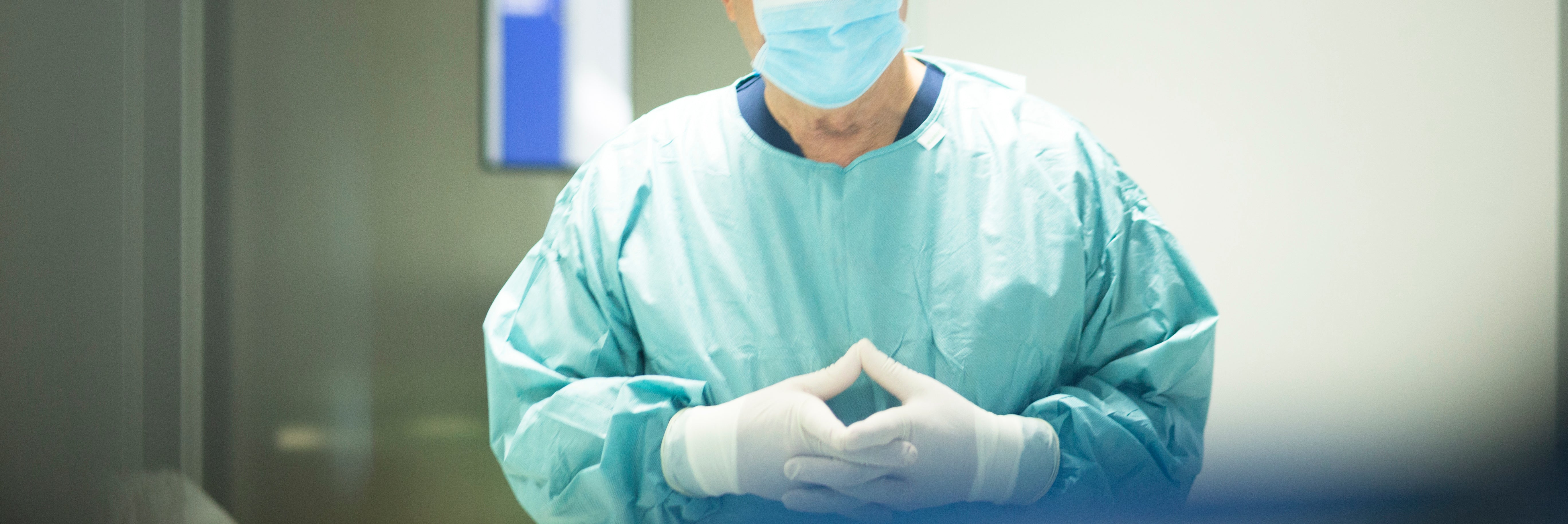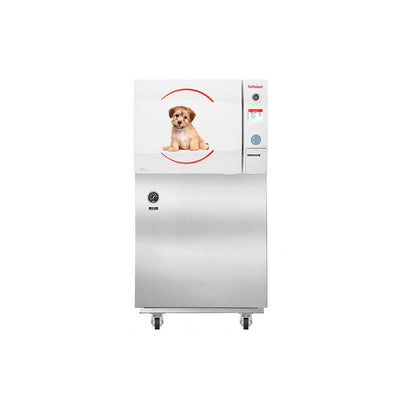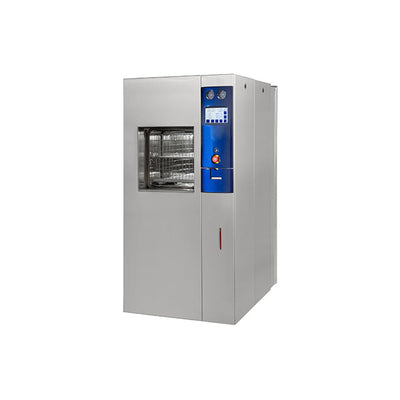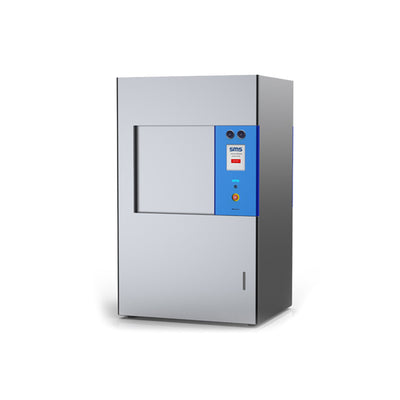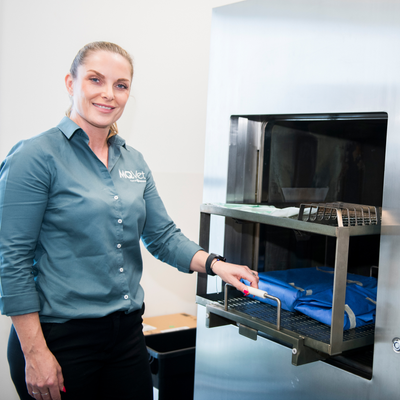Filter
3 products
Sterilisation FAQs
Steam sterilisation relies on the right amount of steam, time, temperature and pressure. B and S class steam sterilisers both have steam pumped into their chamber, but B class sterilisers also utilise vacuum technology. B class runs a vacuum process at the start of the cycle to remove air and create a negative vacuum, so when steam enters the chamber it goes into nooks and crannies.
Due to the limitations of steam dispersion in an S class, items with a lumen – essentially the cavity of a tubular part – can’t be confidently sterilised. While S class can do the trick for basic solid instruments like scissors and scalpels, clinics utilising more complex hollow bodied instruments look at B class.
There are many considerations to optimise sterilisation success but here are a few simple tips. Regular servicing can help maintain machine reliability. Chemical indicators, whether tape or strip, can also check steam penetration inside packs. Another tip is to remember steam sterilisation relies on the steam touching the instrument’s surface area – so limit overlap of instruments and ensure as much of the surface area of each instrument is exposed as possible.
For steam sterilisers, water quality matters. Some clinics buy special water, others purify their own, and there are alternatives like VetAssure sterilisers which offer an add-on option of an integrated tri-cartridge water purification system to connect directly to clinic water supply.
Many factors are at play in choosing a steriliser but a couple of considerations include what type of instruments you want to sterilise and any recommendations from the instrument manufacturer around sterilisation requirements. Of course, the volume of instruments you need to sterilise, what sort of chamber size, and your budget are also key.
Putting plastic componentry in a steam steriliser can risk melting or compromising its integrity. While plasma sterilisers only make up a very small percentage of the veterinary sterilisation market, they play an important role in providing a low temperature environment to reprocess more sensitive equipment like scopes.
The frequency of servicing for veterinary sterilisers and washer disinfectors can vary depending on the specific model and usage, but as a general guideline, it is recommended to have them serviced at least once a year. Regular maintenance helps avoid inconvenient and unnecessary breakdowns and can help extend the operational life of your steriliser.
Mediquip, of which MQ Vet is part of, offers ongoing servicing and repair services across Australia to ensure sterilisers and washers are functioning optimally and to help prevent potential issues. See Servicing.
